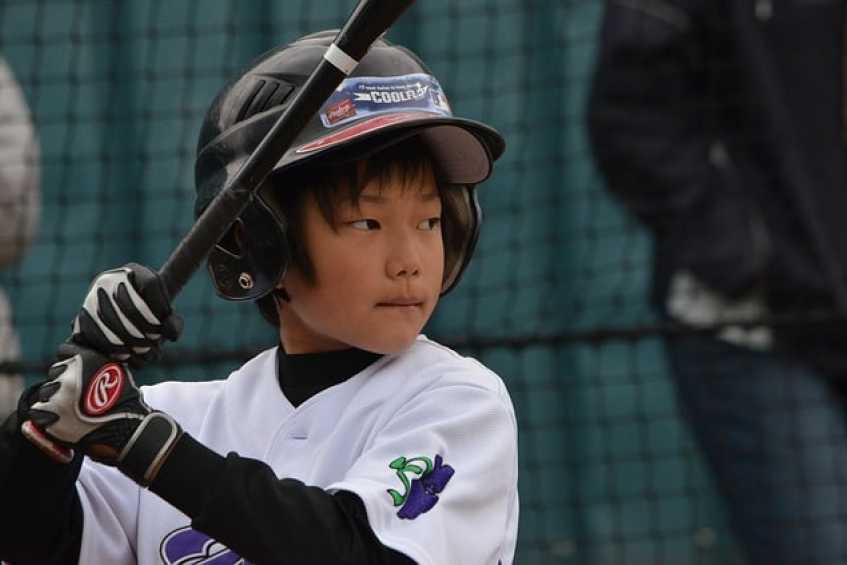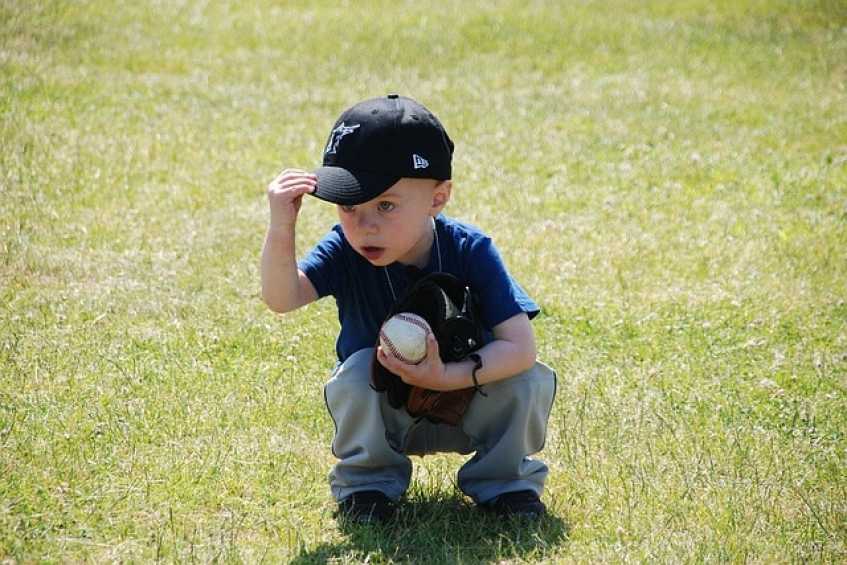Batting the Ball, no Bull
It's that time of the year when players' seasons have been going for some time. By now, players have a good indication of what type of year it is with batting the ball? Whether it's been a solid season, mediocre or poor one, it's important that players learned from their experiences.
I hope my players have learned some valuable lessons from the season besides just the fundamentals of hitting. Most of these are things coaches and parents try to impart to baseball players, but until they experience things for themselves, they do not become ingrained in them. Of course, some of them are common sense, but they still need to be recognized to learn from them.
 The Keys to Hitting Success
The Keys to Hitting Success
Key lessons from batting the ball around
- Hitting is hard, but it doesn't have to be as hard as it seems. There is no doubt that hitting a baseball consistently well is one of the most difficult things in all sports. However, players often make it more difficult than it should be. They do that in two specific ways. One, they over swing believing the key to power is to exert tremendous energy. The thing coaches must point out is that efficiency of hitting mechanics and the unleashing of those in the correct sequence produces power. Two, they make it hard by not understanding what pitches they can handle and which ones they cannot. Believing one can hit every strike well is trouble even for the best of hitters.
- Hitting a baseball is always a work in progress. There is no such thing as perfection when it comes to any athletic skill, especially hitting a baseball. When ballplayers begin to think it's easy and stop working, it will come crashing down on them soon. When coaches see a player neglecting the little things or becoming cocky, they must step in and set player's straight.
- Understanding the 80% rule is crucial. Improvement only comes from performing skills at a high rate of correctness. Doing something right half the time leads to mediocrity and no advancement. Coaches should help athletes understand that and realize that quality trumps quantity until consistency arrives.
- Hitting adjustments are the key once a good swing comes. No matter how good a swing a player has, they must learn to adjust as time goes on. Pitchers will adjust to hitters, so hitters must do the same in return. Good coaches help players make adjustments from game to game and even from at-bat to at-bat according to what pitchers throw.5. Natural tendencies are just that, and almost always the culprit when players slump. All batters have natural tendencies that often harm players swing fundamentals. The sooner players learn their negative tendencies the better, as habits gravitate back to those when players do not stay focused on correcting them. Coaches are a great help with helping kids recognize their strengths, weaknesses, and ingrained movements.
- Rarely is it in one's head unless they let it be. The mental game of hitting is crucial too, but that only goes as far as one's mechanics take them. Coaches should never question a player's mental state or confidence levels, but they should address players' fundamentals every day.
- Do I recognize the importance of working on the outside pitch? The sooner players learn to hit the pitch on the outer half of the plate, the better. Pitchers will try to exploit that part of the plate first, at every level of the game. Coaches should throw as many pitches as possible to that part of the plate in batting practice, knowing that once players can hit that location, all the other ones will fall in line soon after.
 Batting the ball around should start early
Batting the ball around should start early
- Balance is the best indicator of correctness when batting the ball. Balance is crucial in all athletic endeavors and that goes for when hitting a baseball as well. Any loss of it prevents them from having a chance of making consistent contact. The key to batting success is the ability to swing as hard as one can under balance. At the youth levels, the bat swings them, which leads to trouble. It should l be the other way around. Coaches must emphasize the amount of repetition that is necessary for squaring up the balls under control.
- Ultimate focus on the ball and timing it is everything in games. A friend asked me what the key to hitting was. My response was kind of flippantbut true to a significant degree having excellent The eyes hold the keys to hitting as much as anything else. Comfort only comes from seeing the ball, and success only comes from a maximum focus on it. Having ninety percent of concentration on the ball and ten percent on the mechanics of hitting leads to hitting disaster. Coaches should stay quiet in games with teaching the hitting fundamentals and allow players to see and time the ball.
- The swing to hit slow and flipped balls wellor those on a batting tee is the same swing it takes to hit faster pitching. All of that is a fine way of saying players must learn to hit with small focus drills, and the slow pitches, before the will hit the faster pitching.
For kids that have had a struggling season, coaches should try to convince them to up their workload for a strong finish. Hitting a baseball well the last week or even in the final games, helps their offseason desire to play the next year. It is important that ballplayers' memories have a positive feel to them. As the saying goes, nothing succeeds like success, and nothing spurs hard work like triumph does.
Finally, incorrect fundamentals when batting the ball are usually cause of a lack of success, and those do not always show up in practice. Challenging hitters in practice with game-like speeds, and change of speeds exposes the weaknesses so players can work on them beforehand.
#battingball #baseballhitting
Jack Perconte has dedicated his post-major league baseball career to helping youth. He has taught baseball and softball for the past 27 years.His playing, coaching and parenting storiescreate betterexperiences forathletes andparents.Jack has writtenover a thousand articles on coaching baseball and youth sports.Jack is the author of "The Making of a Hitter" Now $5 and "Raising an Athlete." His third book "Creating a Season to Remember" is in the works. Jack is a featured writer for Baseball the Magazine. You can also findJack Perconte at YouTube withover 80 fun and innovative baseball instructional videos.



 Batting the ball around should start early
Batting the ball around should start early
chandler allen says:
"Hi my name is chandler, i’ve enjoyed..."
On Wanting to tryout for summer ball. as an 18 year old
david graham says:
"With no current MLB team in Canada,..."
On With no current MLB team in
Charles Chavez says:
"To All Coaches: Do you have13U or..."
On Looking for Games